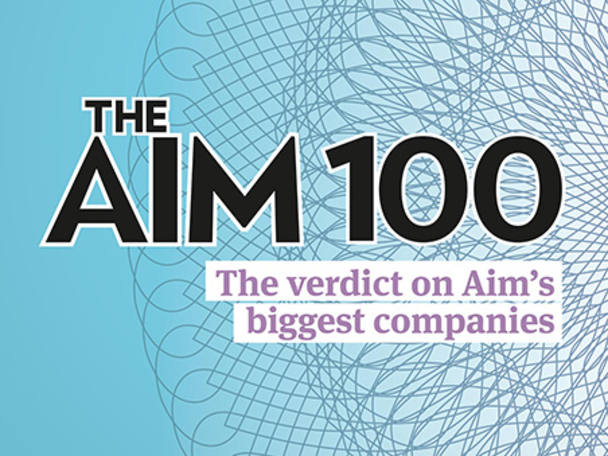Given the grim backdrop that continues to dog the price of commodities, many of which continue to trade close to multi-year lows, it is somewhat surprising to see an oil and gas explorer at the top of the Aim performance table over the past year. Pantheon Resources, which own's acreages in the US state of Texas, saw its share price rise nearly eight-fold in 12 months.
But good news in Aim's oil and gas industry is often magnified by bulletin board optimism. Perfect drilling results, an upwardly reappraised resource, and industry veterans at the helm certainly make for an exciting story - but there's a long way to go before Pantheon's financial performance catches up with its share price. In fact, Aim's oil and gas explorers continued to fare badly in 2015-16, in aggregate losing another 31.7 per cent and marking the fifth consecutive year of losses by the sub-sector, and dramatic underperformance against their larger cousins on the main market, where losses were contained at 16.4 per cent.
It was a similar story for its miners: the basic materials sub-sector lost approaching 10 per cent, again marking five years of falls in a row, yet faring much better than those on the main market. That could partly be explained by a cull of unviable miners from the Aim market in recent years, such that only the very best junior miners remain; only two are left within the Aim 100, including Sirius Minerals. Like Pantheon it had a good year - its shares are up by a fifth - but again it is a stock market story built as much on hope as fundamentals.
That, though, is often the nature of Aim, which is what makes it an attractive market for those of a more speculative persuasion looking to make big gains in double-quick time. Of the 834 companies that form the Aim All-Share, fewer than half saw their share price rise over the past 12 months. But of the 329 winners, 51 saw their share price more than double, and within this 13 tripled or more. Aim remains the domain of the big gain hunter - although the converse is that Aim speculators can suffer big losses, too; 33 of its constituents lost 80 per cent of their value or more over the last 12 months, including former bulletin-board darling Fitbug.
But Aim is also doing its best to cast off a reputation as a speculator's paradise. Big risers and fallers aside, the past 12 months have been a period of relative calm for Aim. The Aim All-Share measure of its entire constituent base put in a notably better performance than its main market counterparts over the period, down 2.2 per cent against an 8.1 per cent drop in the FTSE All-Share, reversing the trend seen a year earlier. But it was Aim's largest constituents that really shone: up 1.6 per cent the Aim 100 was the best performing of all of the UK's broad indices, 2.5 per cent ahead of the next best performer, the FTSE Small Cap index.
Nevertheless, some commentators remain critical of Aim, especially of the Nomad-led regulatory structure it operates, complaining that it allows unsuspecting retail investors to be hoodwinked by unscrupulous managers. A look through the Aim 100 does not support this stereotype - many of the names we see in this year's top 100 have been in the index for years, certainly since we began this annual survey three years ago. Nearly three-quarters of them pay a dividend, in some cases resulting in a meaningful yield. Many of these large businesses (the smallest market cap in the index is £120m, the largest, Asos, a mighty £3.2bn) provide products and services well-established in our day-to-day lives. In short, Aim remains a vibrant market offering something for everyone: big rewards for those prepared to take on extra risk, or steady returns for those of a more cautious nature.
For the full run down of numbers 100-51 click the links below:











